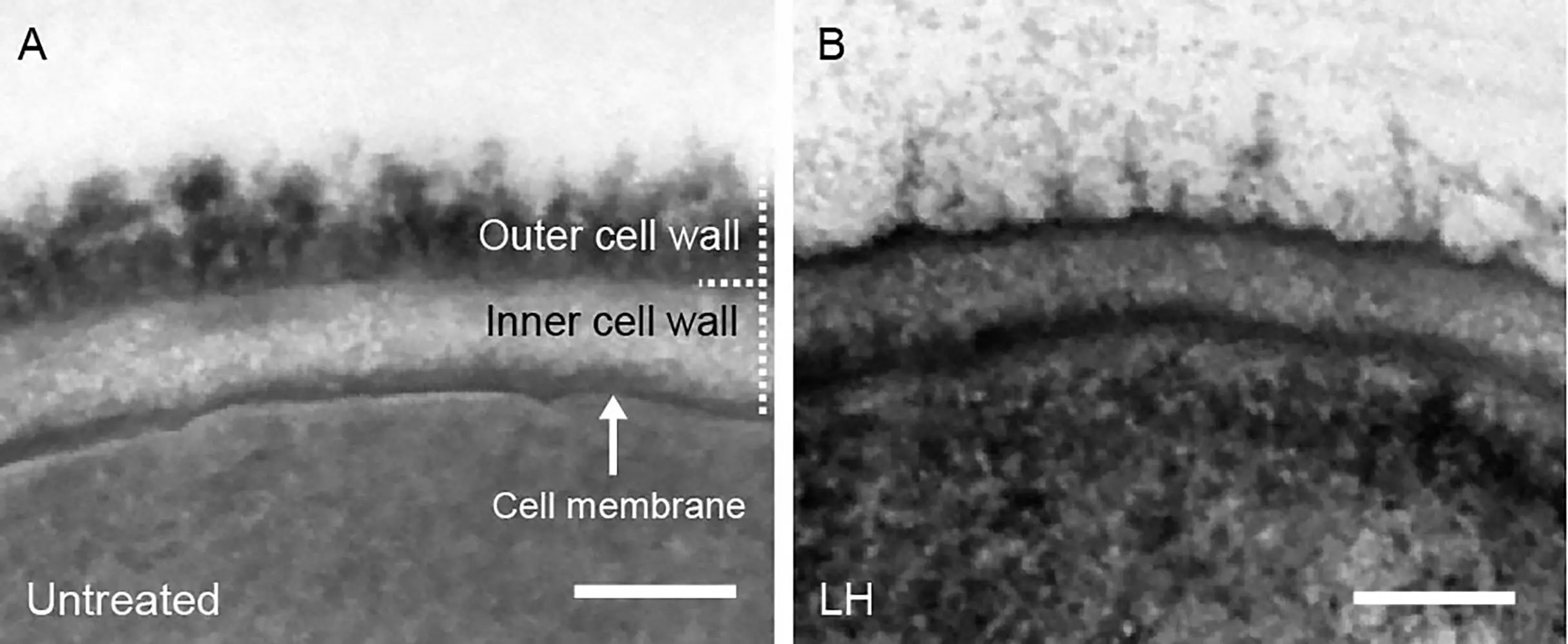Invasive fungal infections are a significant global health concern, with more than 2 million people impacted each year. Candida species are often the culprits behind these infections, which are known to have high mortality rates. While the demand for new therapies is on the rise, the development of these treatments has been sluggish, particularly as drug resistance becomes more prevalent. However, a recent study led by Dr. Sascha Brunke from the Leibniz Institute for Natural Product Research and Infection Biology–Hans Knöll Institute (Leibniz-HKI) offers a glimmer of hope.
The interdisciplinary research team, spearheaded by Dr. Brunke, delved into the therapeutic potential of synthetic polymers as a new approach to combating fungal infections. These long-chain chemical compounds mimic naturally occurring peptides and have shown promise in inhibiting the growth of microorganisms. In a surprising turn of events, the exact mechanism of action of these synthetic polymers was unraveled amidst the backdrop of the coronavirus pandemic.
Key to this breakthrough was the contribution of doctoral researcher Sebastian Schäfer, whose work on designing antifungal polymers took a fortuitous turn when travel restrictions due to the pandemic forced him to relocate to the Leibniz-HKI in Jena. The collaboration between researchers from Germany and Australia proved fruitful, leading to the development of synthetic polymers from the polyacrylamide family that demonstrated strong efficacy against Candida albicans, including resistant strains.
The study, recently published in Nature Communications, shed light on how the synthetic polymers disrupt fungal cells through multiple avenues simultaneously. Unlike conventional antifungals that typically target one specific mechanism, these polymers leverage new target structures to effectively combat the fungus. By inducing stress in the fungal cells, inhibiting glycosylation on the cell surface, damaging cell walls and membranes, and supporting immune cells in fungal cell destruction, the synthetic polymers present a comprehensive approach to tackling fungal infections.
Potential Benefits and Future Directions
One of the notable advantages of these synthetic polymers is their ability to work in combination with existing antifungal agents without promoting the development of drug resistance in Candida albicans. This bodes well for the sustainability and efficacy of combination therapies, potentially offering improved treatment outcomes. Moreover, the cost-effectiveness and stability of synthetic polymers make them a viable option for addressing fungal infections in resource-limited settings.
While the initial findings of the research hold promise for the future of antifungal therapies, further investigations are warranted. The transition from insect models to human trials, optimization of polymer structures, identification of target molecules, assessment of potential side effects on humans and the environment, and overall refinement of the synthetic polymers are all areas that require additional research and scrutiny.
The study on synthetic polymers as a novel approach to combating fungal infections represents a significant step forward in the field of antifungal therapies. While challenges and uncertainties remain, the research findings offer hope for the development of effective and sustainable treatment options for invasive fungal infections.

